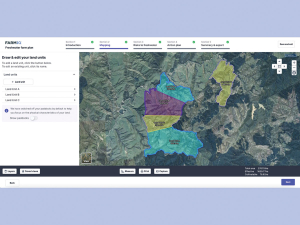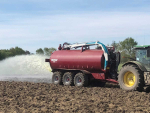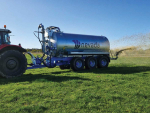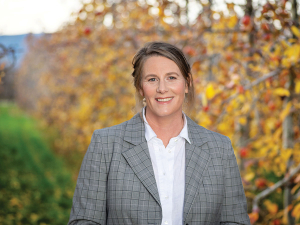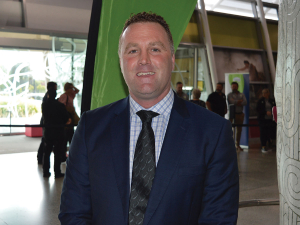A step-by-step guide helping farmers through the process of creating a Freshwater Farm Plan (FWFP) has been launched by FarmIQ.
FWFPs are a regulated farm planning process for farmers and growers that will provide a practical way to identify, manage and reduce the impact of farming on the freshwater environment.
FarmIQ says its FWFP tool was developed with the aim of helping farmers with this new piece of compliance that has so far been rolled out in Waikato, Southland, West Coast, North Otago and Horizons regions.
It says the tool takes farmers through the process of mapping their land, assessing their risks to freshwater, and building an action plan. This is all linked to a digital map of their farm in FarmIQ, making it simple for farmers, farm advisors, certifiers, and auditors to develop or monitor these plans all in one place.
Farmers can either do the FWFP by themselves, or if they want a bit of a hand, they can give third party access to a consultant to do some of the heavy lifting for them.
Because FarmIQ is a map-based farm management system, it forms the perfect base for the map and land-unit focus of the FWFP regulations.
FarmIQ is a map-based farm management tool that helps farmers keep track of staff management, land and feed data, animal recording and compliance information.
Executive general manager for FarmIQ, Gavin McEwen, says that it has had a longstanding commitment towards providing tools that enable better integrated farm planning.
“Building on our existing software platform, and recognising the industry’s commitment towards improving water quality, we have invested in new functionality that walks users through the requirements to create a Freshwater Farm Plan,” says McEwen.
“It has been an excellent example of our software designers and subject matter experts working closely with government, processors, regional councils, catchment groups, consultants and, of course, farmers to create a software tool that, to date, has received excellent feedback.”
The release of FarmIQ’s FWFP tool coincides with a new version of the FarmIQ software being released – FarmIQ Lite – which offers a cost-effective entry point to utilise FarmIQ’s interactive farm map, staff management tools and compliance features, helping users keep up with industry rules and regulations.
Current FarmIQ users can use their existing farm map with hazards, water, landmarks, buildings, etc already loaded.
Alternatively, new users can build a farm map for the purpose of completing the FWFP but can also use that map as part of their everyday farm planning and management as well.
Additionally, external mapping resources can be integrated into the FWFP farm map as a shapefile, allowing flexibility to enhance a farmer’s farm map as desired.
All versions of FarmIQ will include the Freshwater Farm Plan tool, starting at $40 per month per farm.





